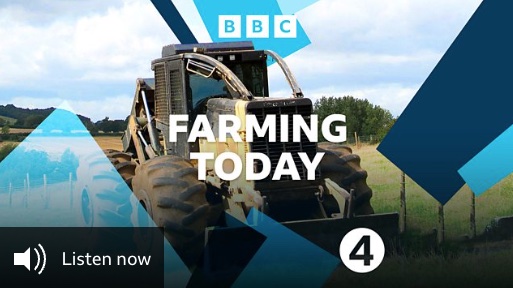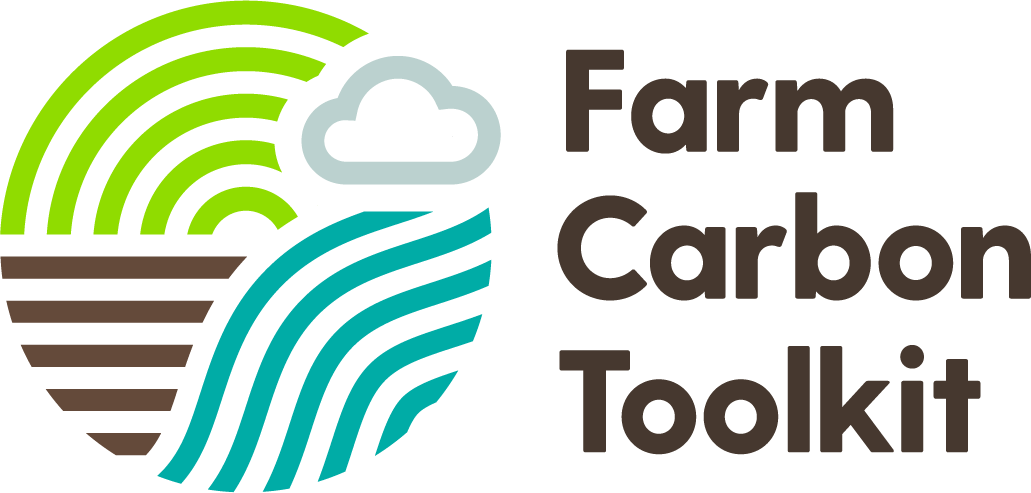
On 4th July 2025, our very own Becky Willson was interviewed by Charlotte Smith for BBC Radio 4’s Farming Today while attending Groundswell, the UK’s leading regenerative agriculture event. Becky gave a clear and compelling explanation of the evolving landscape of soil carbon markets, cutting through the jargon to help farmers understand what carbon insetting and offsetting really mean for them.
🎧 Listen to the full episode here: BBC Farming Today – 4 July 2025
What is a Soil Carbon Credit?
As Becky explained:
“A soil carbon credit is basically a piece of paper that is representative of one tonne of carbon dioxide equivalent held in the soil through the farmer implementing a practice that is sequestering carbon.”
This might sound simple—but the reality is more complex. Some schemes involve detailed measurement, reporting, and verification (MRV), often making them expensive and harder to access. Others rely on modelling—particularly in arable systems using no-till and cover cropping—to estimate the amount of carbon sequestered.
Insetting: Staying Within the Supply Chain
The key point with insetting is that the carbon benefit stays within the food supply chain.
“Rather than it going and being used for somebody else’s carbon accounting, the value of that operation that you’re doing is shared with companies further up your supply chain.”
This is especially important for Scope 3 emissions — those indirect emissions that retailers and processors are under pressure to reduce. Insetting gives them a way to demonstrate reductions while supporting farmers to transition to regenerative practices.
Becky highlighted that currently, insetting is more often framed around a regenerative outcome, rather than the direct purchase of soil carbon credits:
“What we’re seeing more, is the narrative around the fact that these goods are being produced in a regenerative framework.”
Offsetting: Selling Carbon Outside the Farm
Offsetting, on the other hand, is where the carbon credit leaves the farm’s “books”:
“The value in terms of what you’re delivering is then taken off your balance sheet and goes on to the balance sheet of the company or the organisation that is buying that from you.”
This is often attractive to companies like airlines looking to meet climate targets — but it comes with risks for farmers. If your carbon is sold externally, you can’t count it in your own net zero claims or supply chain reporting. This is why many experts, including the Climate Change Committee, have cautioned that:
“Agriculture will need all its own offsetting, because agriculture produces a lot of emissions.”
A Word of Caution and a Call to Prepare
The interview didn’t shy away from the current limitations in the market. Charlotte pointed out the lack of farmer engagement, and Becky responded candidly:
“We have seen only a few people go into it, and that’s because schemes that have been available are primarily available for arable farmers… The models often can’t cope with the complexity [of mixed farming systems]…”
But the key message Becky shared was one of preparation:
“Get a baseline. Take some soil samples so that you give yourself the best opportunity to take advantage of these schemes as they develop.”
Want to Learn More?
This isn’t the first time we’ve explored these issues. Check out our other resources on farm carbon markets:
- Toolkit page: Getting Paid for Carbon
- Jan 2022 – Who owns the carbon?
- Aug 2021 –Demystifying Farm Carbon Offsetting
As always, we’ll keep supporting farmers to make sense of these emerging markets, ensuring the practicalities and implications are clearly understood.
If you have any questions, we’d love to hear from you. Contact us at [email protected].

Recent Comments